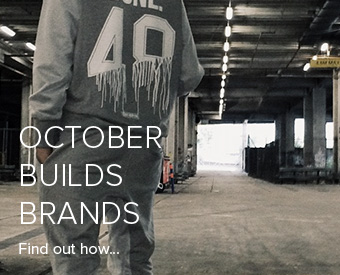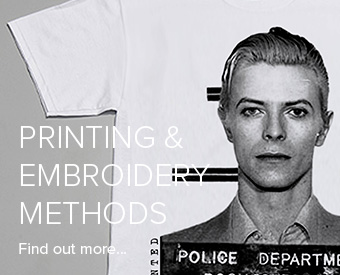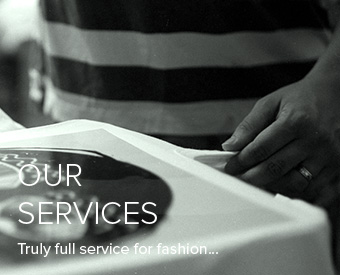Fashion Rider… One of the UK’s leading creative resources http://www.fashionrider.com
Starting a collection and finding a decent textile printer are two things that any designer would like to go hand in hand, and technically they do. It’s simple — you design the clothes, take the designs to a textile printer, and the jobs done! The problem arises when you try to find a professional and good printer, which you can trust with your designs, who will get you what you want.
With that in mind, you need to know exactly what you should look out for, and know what a textile printer will be expecting of you too… So Paul Stephenson from www.october.co.uk has some top tips on what you should be doing before you even consider going to see a textile printer!
What are the worst mistakes you’ve seen a designer make?
I guess the answer for this question has to be technical; if that doesn’t send you into an immediate coma, bewildered by tiffs, giffs, mesh counts, screen tensions, and the wiring diagram from the Hubble telescope.
If I’m right, perhaps the biggest mistake is to get your crushed velvet purple hat on, and rocket full speed into a bunch of finished designs. It can take so long you’ll have grown a beard in the back bedroom, only to be told by your chosen supplier ‘I’m Dave the printer, not Paul Bloody Daniels, it can’t be done’.
So, speak to your printer from the outset, almost when you first have that dreamy golden idea of owning your own brand. Post your fag packet designs and photos from a toilet door, and your printer can say, ‘Yes, I like it, but those two lines are too close together, they’ll fill in when they print; why don’t you have more negative space in this design to use less ink and improve the texture; eight colours? Why? You can use two, get a much punchier and more graphic result, and god forbid make more profit’….you get the idea.
What level should a designer be at before they speak to a printer?
Now this very much depends on the printer. If you want a cheap price, you want all your artwork nicely in Photoshop or Illustrator, in layers, saved at the correct size, with pantone references and a clear knowledge of whether you want water based, solvent based or discharge inks, or even DTG or sublimation (and you’ll know that the latter requires a polyester content in your garment). The artwork will have been designed to be sure that any tonal work is not too fine, and there is a touch of clip on any colours where you think registration will be an issue, amongst many other considerations. You will have purchased your stock, checked it for any imperfections, split it into the relevant designs required, and couriered it into your print shop. You will have bought additional garments to allow a 5% tolerance for print mistakes. Pdf‘s will have been created of course, showing exact print positions on a variety of garment sizes. El Cheapo Printo will then collate all this, press go, and if there are any problems refer you back to your initial spec and say ‘Tough shit, that’s what you asked for’
Should you choose to use a more expensive printer, a collaborator who will work with you on the range and want its success as much as you do, then you need to be at the level referred to in question one, where Jesus has appeared at the end of your bed and told you to start your own clothing brand — the rest you can understand about as much sub atomic Physics or why Hollyoaks is allowed to exist…your printer will help.
What’s the best advice you can give to someone starting a new collection?
Don’t. I get twenty to thirty enquiries a day from people saying ‘I don’t know if anyone’s said this to you before, but I’m thinking of starting my own clothing brand’…it has been so for the last twenty five years. Of those many hundreds of thousands, very few will survive.
If that hasn’t put you off, you’ve passed the first stage of the trials young Padawan, and you’re ready for some honest advice.
Firstly, do not do this because you ‘want’ to; it’s not nearly enough — only proceed because you ‘have’ to, because you can think of nothing else, and if you don’t do it, you’ll go mad, start walking backwards and buy a house in Belgium.
Secondly, have a back story. At the risk of sounding like a raving Ponsonby, good graphic design is supposed to be ‘intellect made visible,’ a two dimensional expression of that which you hold most dear. What do you care about, who do you love, hate, and want to throw cakes at…and how can you visually represent your personality? To do this, perhaps all your designs need criteria to which they adhere — for example, a sense of heritage, or Englishness, or a point of contradiction, something political, whatever, but if they all have it in a coherent way it’ll pull the designs together, and along with the right print techniques, make the collection look obviously yours.
And by back story I don’t mean an ‘about us’ page that talks about seizing the moment, living for the day or saving the penguins…we need to believe you.
Thirdly — join up the dots. Know who you are, who your customer is, and how you’re going to reach them. If you think your customer is a Vogue reader, but don’t have ten grand a month to advertise, you’re going to have the best story that no one’s ever read. But if you’re a lad brand, and know where 40,000 of your customers are every Saturday afternoon, and hello, football fanzines are cheap to advertise in, 3-0, you win. This is who we are, that’s where they are, and we can afford to talk to them.
Fourthly, and then I’ll shut up because there’s loads more…TIME. Facebook, Twitter, web sites and knowing a bloke who lives near Liam Gallagher’s Granny, won’t do it. It takes bloody years, so if you haven’t got a Lambo and a big house in Crouch End by year two, don’t be sad — building a brand is a lifetime’s work, keep the faith, say your prayers, and in the end the circle will turn, I promise x


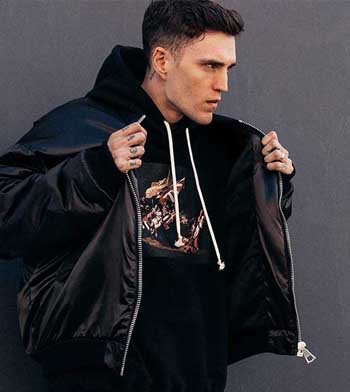
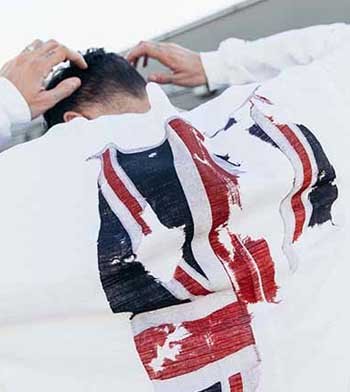
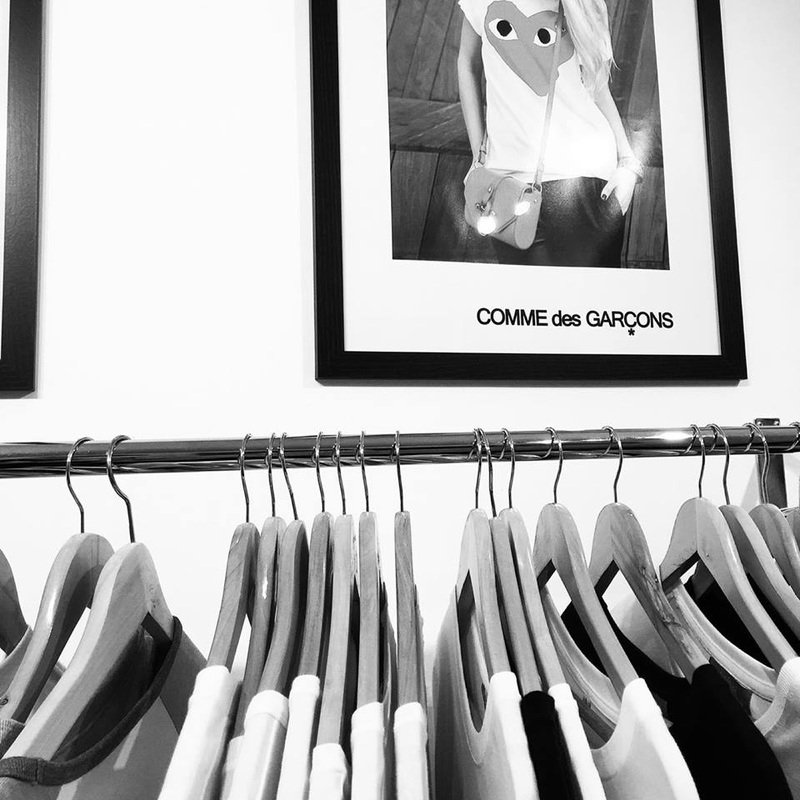

 Artwork Origination
Artwork Origination  Cap Manufacture
Cap Manufacture  Design Consultancy
Design Consultancy  Digital Printing
Digital Printing  Embroidery
Embroidery  Fashion Photography
Fashion Photography  Garment Bagging
Garment Bagging  Garment Manufacture
Garment Manufacture  Garment Sourcing
Garment Sourcing  Relabelling and garment finishing
Relabelling and garment finishing  Screen Printing
Screen Printing  Watch us screen print
Watch us screen print 